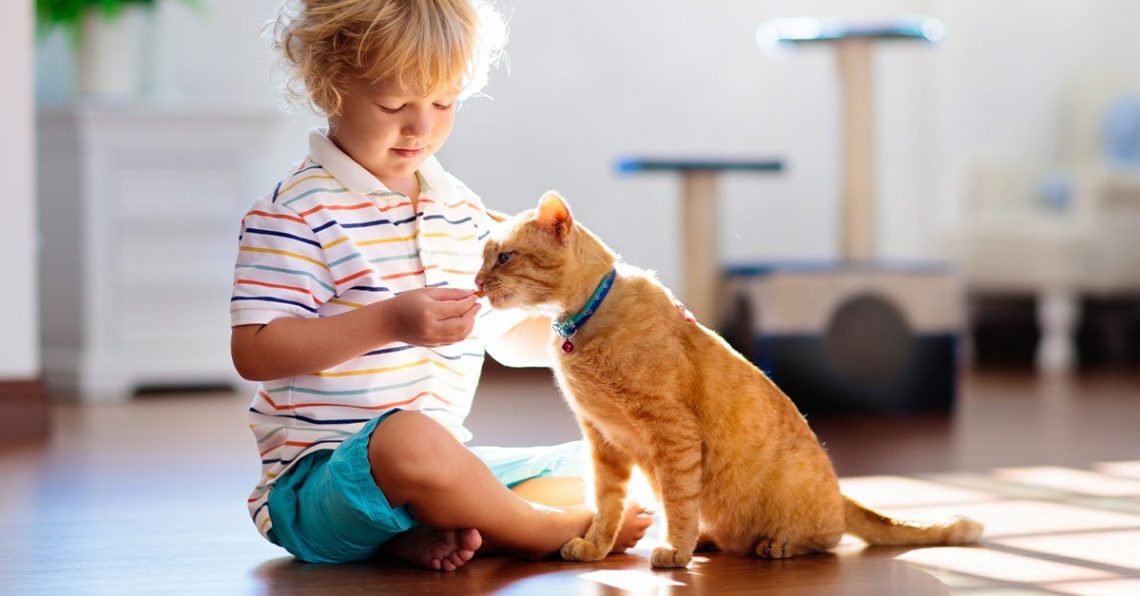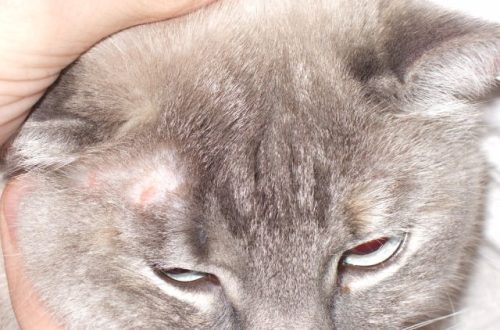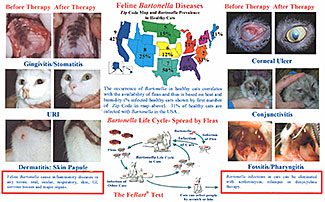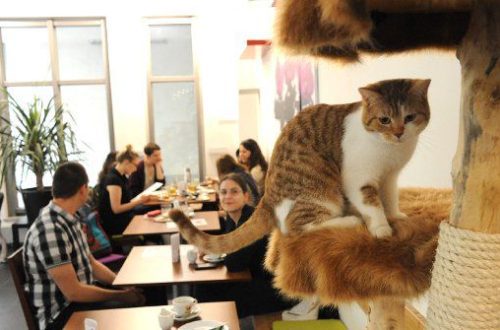
Cat and child in the same house
Replenishment is expected in your family, and you are worried how the cat will react to the baby? Or maybe you want to take a little kitten to grow with your child? Can a cat and a child live in the same house? How do cats treat newborn babies? All these questions are discussed in our article.
There are people who are sure that cats are dangerous for children. How about an allergy? Suddenly worms? Suddenly fleas?
But if allergies can really become a problem (you can’t guess here), then the rest of the risks are exaggerated.
If the cat is domestic and its health is monitored (regular vaccination and treatment against parasites, taken to a veterinarian for examinations, self-walking and not allowed to dig in the bin), it does not pose a threat to the child’s health and there are no restrictions on the child’s communication with no cat. Exception: scratches, but we will talk about them below.
Future parents often worry: how will the old-timer cat accept the child? The Internet knows many stories about feline jealousy and vindictiveness, and this does not add peace to parents.
In practice, all cats are individual, and you can never say for sure how a particular cat will react to a particular baby. Of course, there are times when a pet becomes jealous of its owners and offended, but most often cats ignore newborns.
The interest of cats in children appears later, when the little one begins to crawl or walk and chases the cat himself. But even here, not every cat will succumb to provocations. Some pets categorically avoid children, others are affectionate and careful with them, and there are those who are not averse to releasing their claws.
Much in the relationship between a pet and a baby depends on the temperament of a particular cat, on the character of the baby, but most importantly, on the parents. They should not leave the child unattended, besides, it is they who will have to teach the baby to treat the pet, and the pet to the baby.
The most important thing about having a cat and a child under the same roof is safety, both of them. The task of the owners is to control the health of the pet: treat it from parasites in a timely manner and vaccinate it, visit a veterinarian not only in case of problems, but also as a preventive measure.
A child in the house is a good reason to sterilize a pet. If you still haven’t decided to do it, now is the time. A sterilized pet is more balanced and much less likely to present unpleasant surprises.
And one more important point: if the pet has behavioral problems, it is better to solve them before the baby arrives. Contact a specialist (zoopsychologist), he will help correct the behavior of the pet.
1. Pay attention to your pet
The appearance of a child in a family is the most important event in life. Of course, at first, all your attention will be riveted to the baby. But you should not forget about the pet so that it does not feel unnecessary and abandoned. Take a moment to scratch the cat behind the ear. Talk to him. Let the cat sniff the baby and his things. Let the cat become a participant in the process, and not remain “behind the stern”.
Cats that have lost the attention of their owners can hold a grudge and become unsociable.
2. Cozy and quiet place for a cat
Children in the house are always noise, fuss and lots of toys everywhere. To maintain peace of mind, a little predator should always have a place where she can retire and relax, where no one will disturb her.
3. One on one
No matter how affectionate a cat is, it should not be left alone with a child. Even if a cat has been living with you for 10 years and you know all his habits inside and out, he remains an animal and his behavior can be unpredictable.
4. Separation of spaces
Probably, you have seen photos more than once where children and cats sleep happily in the same bed. All this looks cute, but it is better to set boundaries for the pet and forbid him to jump into the crib and places where diapers are stored, clothes for the baby – in a word, everything that is close to the body. So you protect the baby from hair and dirt that may be on the cat.
Brush your cat regularly. This will help remove dead hair and keep it clean!
5. Nail clipping
Don’t expect a cat to never scratch a child. Most likely, such an incident will happen, and more than once. Your task is to reduce this probability as much as possible and minimize the consequences. To protect the child from severe scratches, regularly shorten the cat’s claws.
6. Toys
The cat just needs a variety of special toys. She needs them even without children in the house, and when there are children – especially! Toys will distract the attention of the domestic predator from the funny chubby legs of the little one and help direct the energy in the right direction. And when the baby grows up, he himself will be able to play them with the cat.
7. Education
Friendship between a cat and a child is impossible without the right parental approach. You have to carry out double educational work: in relation to the child and in relation to the pet. As soon as the baby is old enough, he will need to explain how and how not to behave with a pet. And the cat must learn what is allowed to him and what is not.
Don’t forget to praise your cat for progress in behavior. Treats will help a lot! It will be great if the child treats the cat with treats: this will benefit their relationship.
First, parents have to protect the baby from the cat, and then the cat from the child.
Emotional contact with a four-legged friend is very important for the baby. Psychologists are convinced that a pet helps to instill in a child a sense of responsibility, love and kindness, and even increases his self-esteem.
Contrary to fear, there are very few cases where a cat and a child really do not get along, and we hope you will not add to this list!





